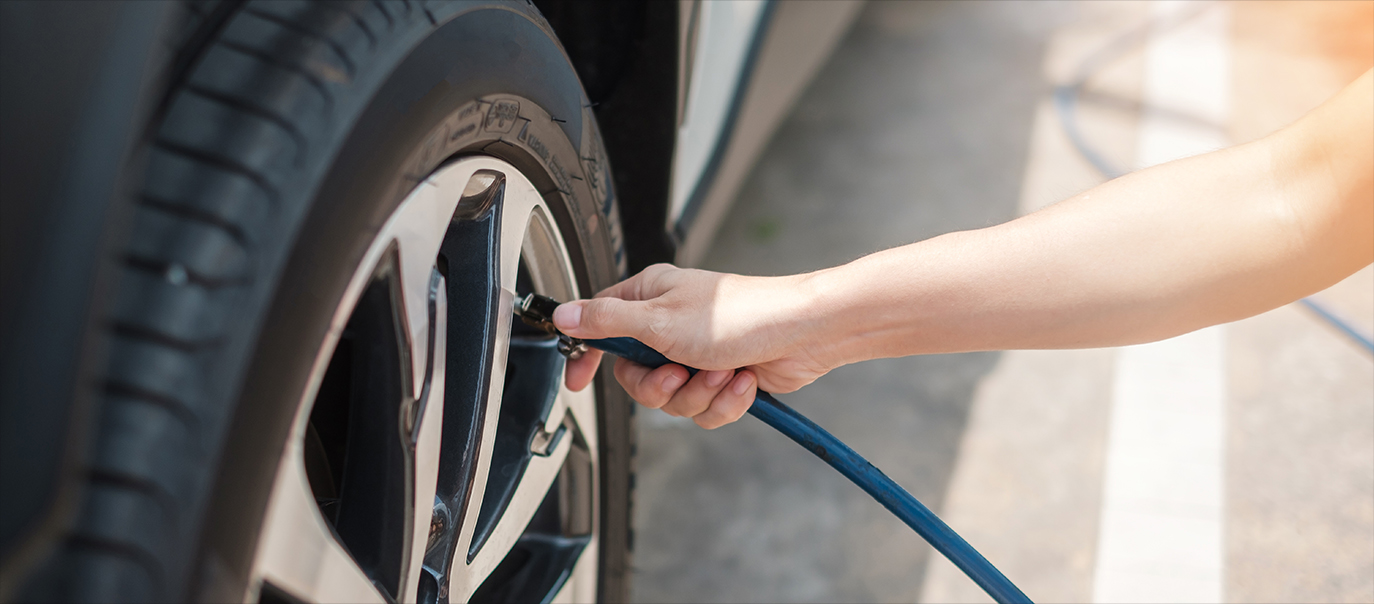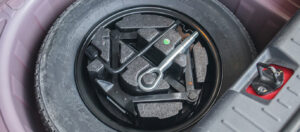Posted August 18th, 2025 in Driver Training
Report
Block Member?
Please confirm you want to block this member.
You will no longer be able to:
- See blocked member's posts
- Mention this member in posts
Please allow a few minutes for this process to complete.
Report
You have already reported this .





Share This: